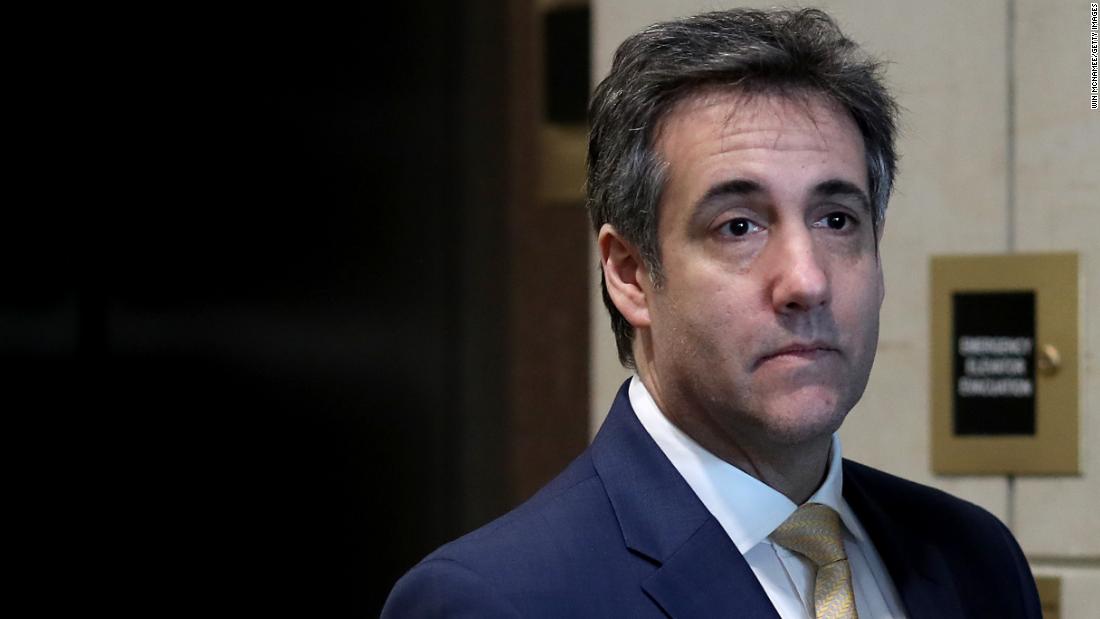1,000 years of Islamic art exhibited in Houston
By Carissa D. Lamkahouan
TMO contributing writer
Some say a community’s art should reflect the fabric of the community and the people within it. With that in mind, the Houston, Texas, Museum of Fine Arts, Houston’s recent expansion of its “Arts of Islamic Lands: Selections from The al-Sabah Collection, Kuwait” exhibit is only fitting considering the Bayou City’s large and multi-faceted Muslim population.
The al-Sabah Collection belongs to Sheikh Nassar Sabah al-Ahmed al-Sabah and Sheikha Hussah Sabah al-Salem al-Sabah. It is considered one of the most remarkable private collections of Islamic art in the world.
The exhibit – which debuted in 2013 with a collection of carpets, scientific instruments, jewelry, ceramics and manuscripts – has recently grown from 67 pieces to more than 250 and boasts artifacts from the 8th to 18th centuries and from across the Muslim world representing regions such as North Africa, the Middle East, Central Asia, India and the Iberian Peninsula. Among the treasures are gold jewelry pieces from Syria and Afghanistan, an Ottoman Turkish prayer rug, an earthenware bowl native to Iraq, a glass mosque lamp from Cairo and a gem-encrusted bird pendant originating in India.
Aimee Froom recently came on as curator of the Arts of the Islamic World exhibit.
“This will give us a strong platform for presenting and studying the arts of the Islamic world in Houston,” she said. “We look forward to expanding our programming, as well.”
Sheika Hussah said the museum’s interest in the al-Sabah Collection illustrate museum director Gary Tinterow’s desire to prominently showcase Islamic art.
“His efforts reflect his recognition that there is a community that deserves to be represented and an audience that is open to learning more about the art and culture of the Islamic world,” she said.
That dedication to preserving and sharing important Islamic pieces was also demonstrated with the museum’s recent “Twelve Windows” exhibition by artist Mona Hatoum, which was displayed from Jan. 8 through Feb. 8.
For her show, Hatoum – a Palestinian born in Lebanon – created a collection of 12 embroidered fabric pieces or “windows.” Each art piece, which measured one meter square, was representative of a region in Palestine through its unique design and stitching. The “window” panels represent a strong tradition of embroidery in Palestine. The exhibition was created in partnership with Inaash, a Lebanon-based organization created in 1969 which works to create employment opportunities for Palestinian women living in Lebanese refugee camps.
But in addition to the importance of the exhibit’s pieces, how does this particular art resonate with the public, especially non-Muslims? With tensions running high in many parts of the world and Muslims and Islam in the forefront of many people’s minds in regards to religious terrorism, does art represent people’s ability to come together regardless of world events?
Tracy Aouifi of Oregon said she believes art is an important medium to connect to others, particularly those hailing from different cultures or countries.
“An art lover will love what moves them regardless of their religious background or faith,” she said.
Jane Shortridge of Minnesota, however, doesn’t think it’s that easy. She said, for people like her who are interested in Islam, the exhibit would be naturally appealing. For others, perhaps not as much.
“I can think of many of my friends who are not open to Islam at all who would never consider (going to see the exhibit),” she said. “It’s sad but true, especially because art can open people up to other ideas.”
Still, Dawn Mouradi of North Carolina said that when people work together, as the museum did with the al-Sabah collection holders from Kuwait, it helps to foster relationships and appreciation for one another.
“Collaborative pieces can bring people together, and by working together we gain a better understanding for each other,” she explained, adding she sees no reason why non-Muslims wouldn’t enjoy Islamic art or find it relevant.
“Art is for everyone,” she said. “It allows us to express ourselves.”
Texan Monica Chavez agrees.
“This is great,” Chavez said of the exhibit. “I think this type of exposure is critical and will definitely help in getting to know other cultures and building bridges between them. It’s especially important at this point in time when our over-generalization or lack of knowledge and awareness of other cultures, and religions has led to so much chaos.”
The “Arts of Islamic Lands: Selections from The al-Sabah Collection, Kuwait” exhibit is open now until Jan. 30, 2016. For more information visit www.mfah.org.


















2015
1,426 views
views
0
comments